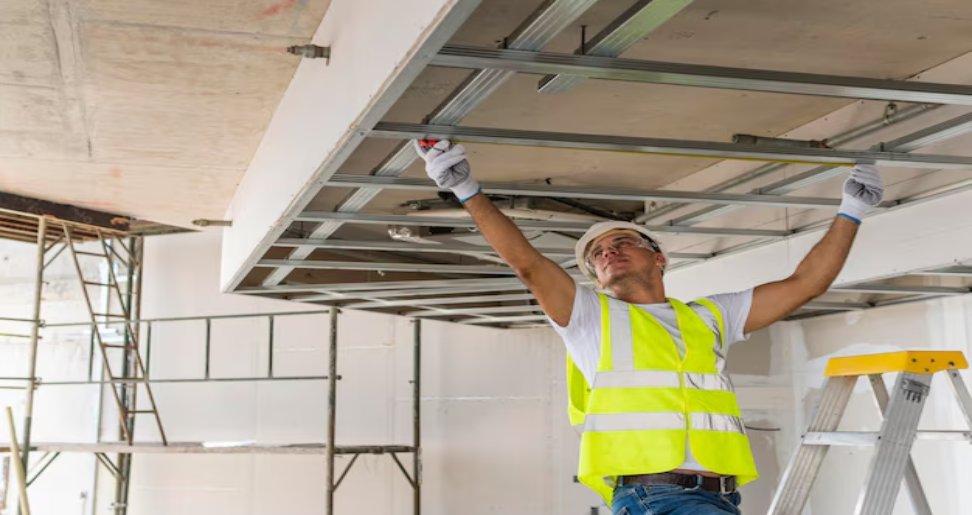Drywall, a common building material used in homes, is susceptible to water damage. When exposed to moisture, drywall can swell, crumble, and become a breeding ground for mold and mildew. Preventing water damage to drywall is crucial for maintaining a healthy and safe living environment. In this article, we will explore effective strategies to prevent water damage to drywall and discuss the importance of professional drywall repair and water damage repair services when needed.
Identifying Potential Sources of Water Damage
The first step in preventing water damage to drywall is to identify potential sources of moisture intrusion. Common culprits include leaky pipes, faulty appliances, damaged roofs, and poor ventilation. Regularly inspect your home for signs of water damage, such as discoloration, bubbling, or softening of the drywall. Addressing these issues promptly can help prevent further damage and costly repairs.
Improving Drainage and Ventilation
Proper drainage and ventilation are essential for maintaining a dry environment and preventing water damage to drywall. Ensure that your home’s gutters also with the downspouts that are actually clearing of the debris and directing water away from the foundation. Consider installing a dehumidifier in areas prone to moisture buildup, such as bathrooms and basements, to control humidity levels.
Waterproofing Vulnerable Areas
Waterproofing vulnerable areas of your home can significantly reduce the risk of water damage to drywall. Apply a waterproof sealant or membrane to areas that are prone to moisture, such as around windows, doors, and plumbing fixtures. This barrier helps prevent water from seeping into the drywall and causing damage.
Drywall Repair and Water Damage Restoration
Despite your best efforts, water damage to drywall can still occur. In such cases, it’s essential to seek professional help for drywall repair and water damage restoration. Experienced contractors have the necessary skills and equipment to assess the extent of the damage and provide effective solutions.
Drywall Repair
If the water damage is limited to a small area, a professional drywall repair contractor can cut out the affected section and replace it with a new piece of drywall. They will then tape and mud the seams to ensure a seamless finish. For larger areas of damage, the contractor may need to replace entire sections of drywall.
Water Damage Restoration
In cases of extensive water damage, a professional water damage repair company should be called in to assess and address the problem. These experts use specialized equipment, such as moisture meters and dehumidifiers, to detect and remove excess moisture from the affected areas. They may also need to remove and replace insulation, flooring, and other materials that have been damaged by water.
Conclusion
Preventing water damage to drywall is essential for maintaining the structural integrity and aesthetic appeal of your home. By identifying potential sources of moisture intrusion, improving drainage and ventilation, waterproofing vulnerable areas, and addressing leaks and spills promptly, you can significantly reduce the risk of water damage to your drywall. However, if water damage does occur, it’s crucial to seek professional help for drywall repair and water damage restoration to ensure that the problem is addressed effectively and efficiently. By taking proactive steps to prevent water damage and addressing issues promptly, you can protect your home and your family from the harmful effects of moisture.
Read More:
- What Is The Significance Of Electric Vehicles?
- Range Rover Electric: Luxury Redefined with Zero Emissions
- Unveiling the Price Tag: How Much Does a Volvo Hybrid SUV Cost?

